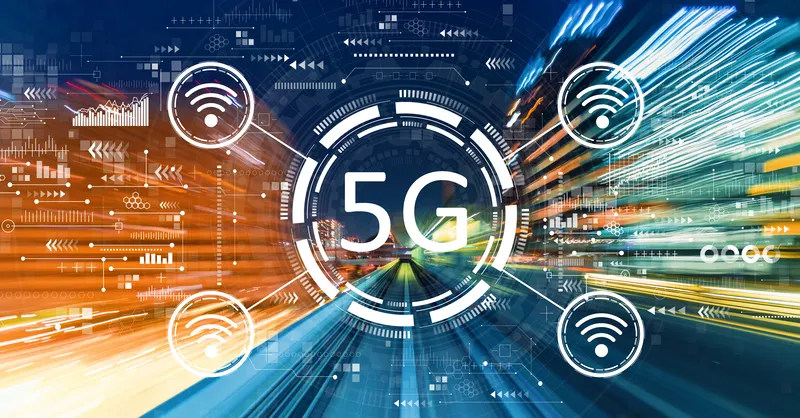
An alarming new report from the
While the forecast may seem bleak, fortunately these incidents can be prevented with the correct combination of technologies and strategies. But before we map out the solutions, it is important to identify and understand the root causes:
1. Widespread increase in distracted driving
Thanks mainly to our infatuation with smartphones, distracted driving isn’t going away any time soon. It didn’t start with mobile devices, however. The New York Times recently shed some light into the evolution of distracted driving, which apparently started with the introduction of relatively simple automation, such as automatic gearboxes. Today, the combination of these in-vehicle automation technologies with the emergence of smartphones has brought about a phenomenon known as the hyper-distracted driver. Auto manufacturers are trying to solve this problem by integrating Apple and Android operating systems into vehicles, but in reality these new technologies are likely to bring a new breed of distractions. To combat the impact of distracted driving, rather than solely relying on automakers to lead the charge, cities must focus on strategies that will keep citizens out of harm’s way and ultimately save lives.
2. Mounting congestion
While more congestion in and around cities doesn’t directly cause red-light running, an increase in traffic can make people drive more aggressively. In fact, several studies show that an increase in commute time leads to more aggressive behaviours behind the wheel, which can include everything from weaving through traffic, accelerating and then braking suddenly, red-light running and more.
To solve these problems, cities must find better, more innovative ways to move traffic safely and efficiently through their arterials.
3. Ineffective signal timing strategies
Often times traffic signals throughout a city are not working together to move road users efficiently. Ideally, intersections should be like a well-trained symphony, working together and listening to each other’s cues to create a harmonious masterpiece. Thankfully recent technologies have emerged that provide cities with the data, connectivity and detection required to turn a city’s arterial network into just that, a seamless flow of people and goods moving through arterials quickly and, most importantly, safely.
Practical solutions
Tackling the problem of red-light running requires a multi-pronged approach that includes enforcement strategies, as well as new technologies at the intersection and city level. These three focus areas can make an impact at solving this problem:
1. Enforcement
To properly address and enforce this issue, cities need the necessary resources, not just financial, but tools as well. As more traffic data is available, enforcement teams now have tangible intelligence to proactively identify intersections with a high rate of red-light runners and help craft a strategy for on-the-ground presence.
2. The intersection
This is where the life-saving technology can live. With the right technologies in place cities can not only identify red-light runners, but take a proactive approach to mitigating incidents caused by these acts. The recipe here is: high-resolution controllers with an ‘all-red’ function; hybrid video/radar detection to detect vehicles in the dilemma zone and/or about to run a red light; and signal performance measures. The combination of these three technologies allows city traffic engineers to detect red-light runners before they enter the intersection and create an all-red condition to hold cross-street traffic in an effort to prevent potential collisions.
3. At the city level
With limited budgets, to help prevent future red-light running incidents, cities need to prioritize at-risk corridors by leveraging cloud-based software solutions to identify where bottlenecks lie. These platforms can look at various data points, such as probe, social navigation, incident and weather data, to give an understanding of the most congested roadways. From this data, coordination efforts can be implemented to help alleviate any stressors that can trigger aggressive driving.
Bottom line
While red-light running will never be completely resolved – not until every vehicle on the road is fully autonomous at least – cities can help mitigate the devastating effects of these incidents today by leveraging modern intersection technologies coupled with enforcement strategies and public education to ultimately save lives.










